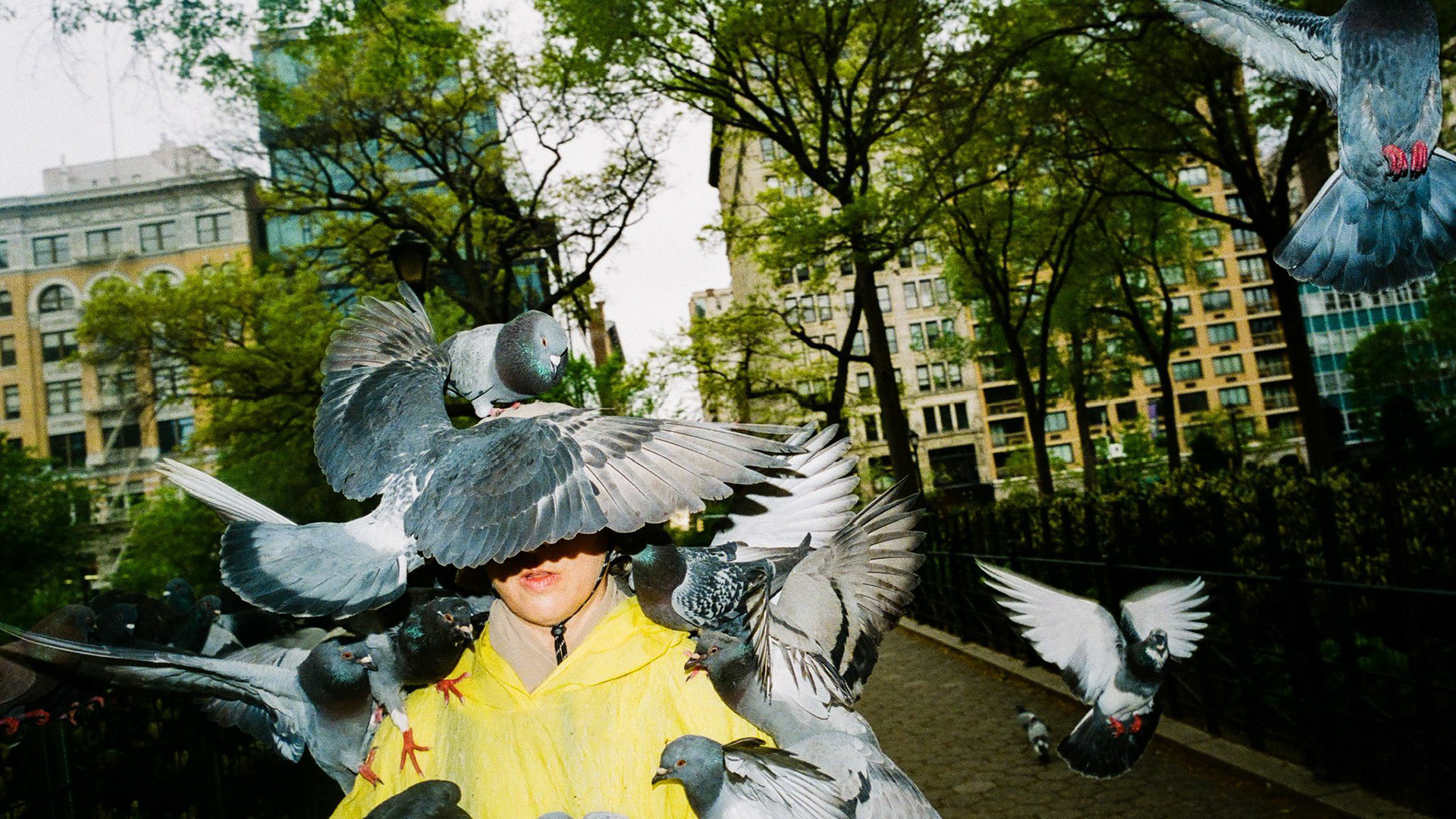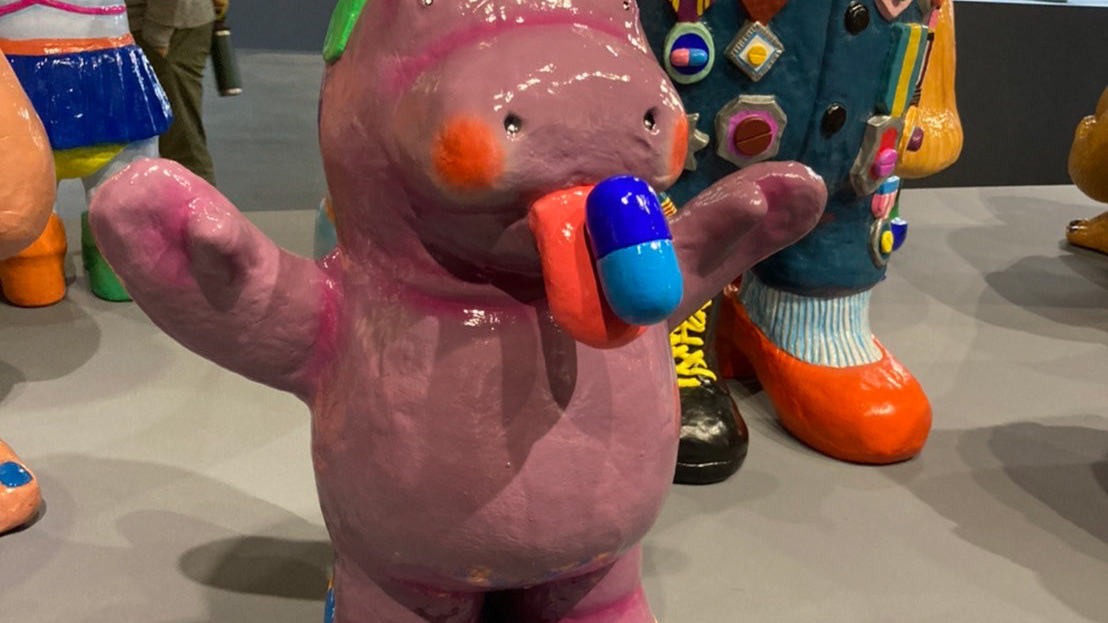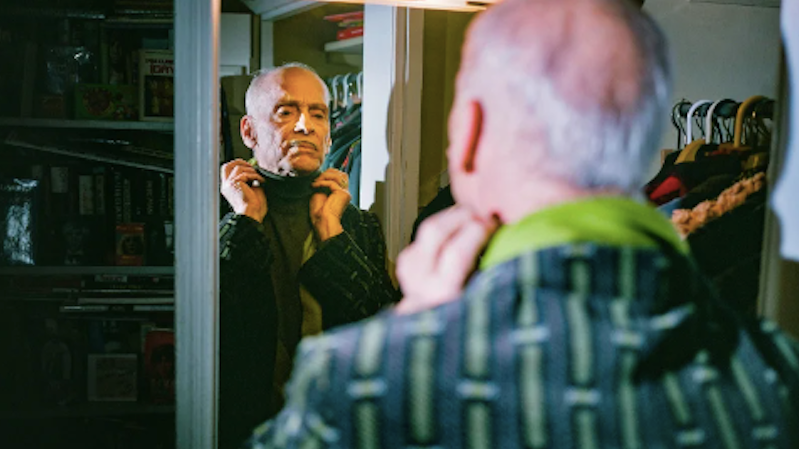I ❤️ Picnic
Masato Seto explore the cutie funny world of picnic date
For ten years (1996-2005), Yoyogi park and Futakotamagawa Green Area both in Tokyo were Masato Seto's places. He capturing the playfulness and cuteness of couple picnicing. High school sweetheart, first date, newly wed, long-time couple - we can only read through gestures and looks in their nervous/absent-minded/happy/confused eyes.
Those 10 years cultivated into Picnic, a 58 pages photobook of picnic portraits. It's social documentation at its best, same topic same location with the right gear and sharp editing - we can see clearly the way people relationship tangle with each other and with space itself.
In Asia, it's common for unmarried person to live with their parents, making park a relaxing space for young couple to express intimacy without parents watching and for older couple to have no-kids romantic date, but at the same time, showing too much intimacy in public space is also consider impolite, so picnic date can be pretty grey area - which Masato Seto precisely pick up that awkwardness in the photographs.
The grey area between public space and personal space is what Masato Seto talk about in his work occasionally. His previous work, 'Living Room' is exploring identity of people's living room as a semi-personal space people invited others to come into their house, and 'Silent Mode' is observing people's personal bubble in their train ride. In Picnic, that grey area is what Koike Hiro, art critic, called 'Invisible room', the small area couple occupied in park, it's their personal space within public eyes.
The concept of 'Invisible room' can also explained another photography project with the same topic but way different execution, The Park (1979) by Kohei Yoshiyuki, observing park at night where people come to have sex while other group of people come to voyeur people having sex. The Park and Picnic both 'personal space within public eyes' but the major different is not only people's hardcore/softcore action, it's the permission to photograph.
Asking for permission to photograph in Masato Seto's picnic create another dynamic layer to the work - the dynamic between subject of portrait and camera. Photographers usually blur this dynamic out and makes it look like portrait subjects are relax around us, the viewers, whereas they look at us or not. Masato Seto don't want us to forget about photographing process, portrait subjects are look into equipment, not viewers, the medium is not people to people, the camera is exist. The second he 'got his shot' is not the one when portrait subject looks most 'natural', but the one they look most awkwardly-try-to-look-confortable which if we really think about it with camera in an equation, it's the most natural shot.
Picnic printed in 2005 and now it is very rare to find. For many reason I discuss, it's truly gems of photography project. If you're in Bangkok you can find it at Japan Foundation Library. Selecting and editing are so good I encourage everyone that have a chance to go see the book version, but if there're no where to find near where you live, Masato Seto's website and Getty archive website also pretty good to sneak peak too.









